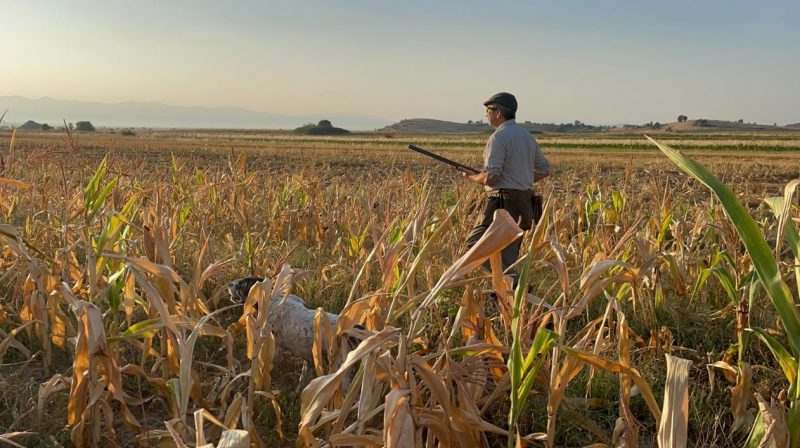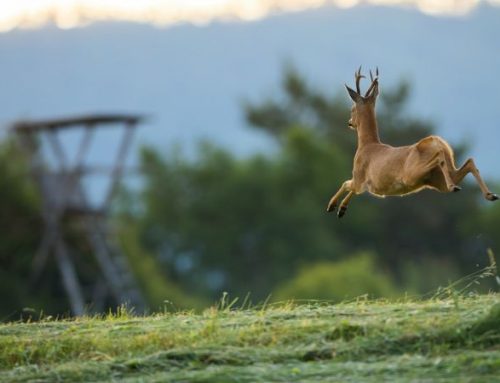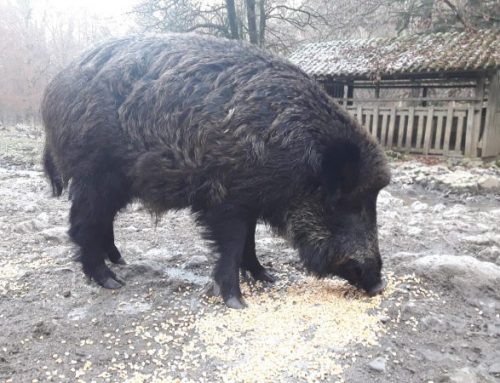In every discussion among hunters passionate about pointing dog hunting, there will almost certainly be talk of partridge hunting.
The undisputed queen of the great plains, steppes, and hills where careful agriculture acts as its cradle, the partridge is found in many countries, particularly in Eastern Europe: Serbia and North Macedonia. It is precisely the latter destination that has provided great excitement in recent years, hosting the hunting of the elite game bird par excellence, in vast open spaces and gentle hills characterized by wild and authentic landscapes, appealing to all hunters passionate about their dog’s work.
The adventure in Macedonia will be a journey to discover lands, customs, traditions, but above all hunting grounds suitable for partridges, such as the area of Bitola, a Macedonian town emblematic of this type of hunting.
Bitola area is where true wild gray partridges live
Hunting gray partridges in the Bitola area of Macedonia offers a unique and challenging experience in one of the most picturesque landscapes of the Balkans. This region, set against the dramatic backdrop of the Baba Mountain and Pelister National Park, is known for its diverse terrain—spanning from rugged mountainous areas to rolling hills and open fields. These landscapes are ideal for gray partridge populations, which thrive in the patchwork of scrubland, grasslands, and agricultural fields.
Gray partridges, also known locally as keklik, are known for their sharp eyesight, swift flight, and tendency to stay in tight-knit coveys. These characteristics make them both a worthy challenge and a rewarding quarry for hunters. The birds’ camouflage and ability to hold tight in dense cover require a keen eye and the assistance of a well-trained pointing dog to flush them out. Watching a skilled dog work the terrain, pause in a statuesque point, and then explode with excitement as it flushes a covey is one of the highlights of hunting in this area.
The hunting season for gray partridges typically starts in early autumn, with October and November being prime months. During this time, the coveys are well-formed, and the birds are active across the varied landscape. Hunters can expect clear, cool days, with mountain breezes carrying the scents that aid a dog’s tracking.
In addition to the hunting itself, the Bitola region offers a blend of rich history and warm Macedonian hospitality. After a day in the field, hunters can enjoy traditional meals in Bitola’s local inns and learn more about the region’s deep cultural roots, which date back to Ottoman and Roman times. The combination of challenging hunts, breathtaking scenery, and cultural richness makes hunting gray partridges in the Bitola area a truly unforgettable experience.
In a hunting trip focused on partridges, your faithful companion will undoubtedly be your invaluable assistant.
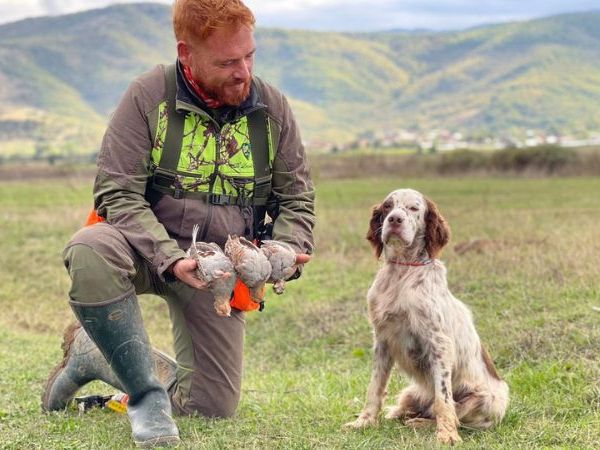
To hunt partridges in Macedonia, your dog must first have its own European pet passport. This can be obtained from your local health authority (ASL) after your veterinarian administers the rabies vaccination, with an approximate waiting period of 30 days. After this, your dog will be ready to travel with you, of course, after a bit of physical training!
The preparation of your hunting companion is crucial, so we recommend taking them on outings a few weeks before departure to “get their breath” and prepare them for the intense hunting days ahead. Nutrition is also key; their diet should be changed 7-8 days before departure to include high-quality protein and fats, allowing your dog to perform at their best during the hunt.
During the hunting season, given the intensity of hunting hours, you may assist your dog with a joint supplement to ensure they perform at their best during the hunts.
If you think only dogs need preparation, training, and nutrition, you’re mistaken! For hunters, too, preparation is crucial for the long days ahead. In Macedonia, you can expect long walks through stubble, crops, and hills; typically covering around 15-25 km a day!
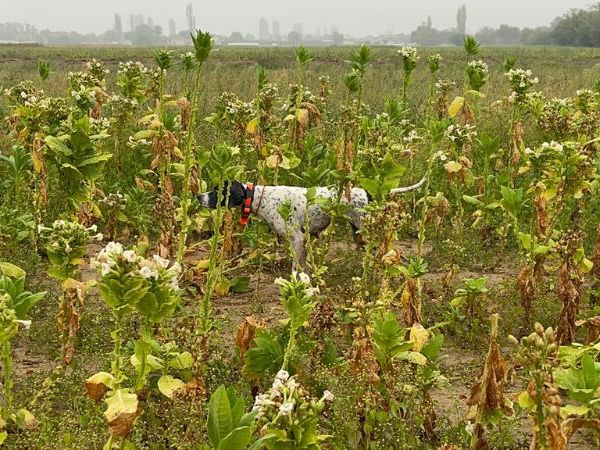
If you have any doubts about which guns and ammunition are best to bring along, we recommend 12 or 20 gauge shotguns with barrels measuring 70/71 cm and 3-star chokes. Additionally, the most suitable ammunition for this game includes lead shot sizes 7, 6, or 5 with weights of 34/36 grams.
Macedonia is situated on the same parallel as Italy, so the temperatures are similar to those on the Italian peninsula. However, we suggest always carrying windproof and waterproof gear with you, as the city of Bitola is located at an altitude of 700 meters in the Pelagonia region, shared between Greece and North Macedonia.
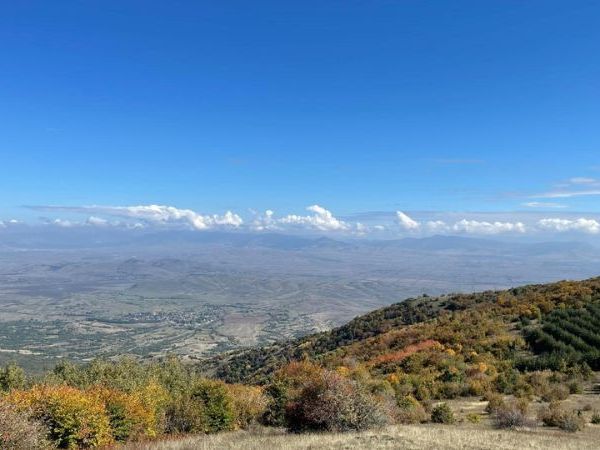
Partridges represent the ideal game for any pointing dog, and some dogs are even attributed with the characteristic of being “partridge dogs” or “starnisti”. These dogs typically possess all the hunting qualities that a true hunting dog should have.
In particular, we refer to their approach with coveys (family groups of partridges composed of more than 30 individuals). A “partridge dog” must have the right temperament, a mix of firm assertiveness combined with cautious attention. This ensures that once the covey is pointed, they feel safe, as the dog is positioned at a suitable distance from the hunter. A dog that is either inattentive or too fiery could alarm the covey, causing them to instinctively flush out of range, resulting in a premature flight.
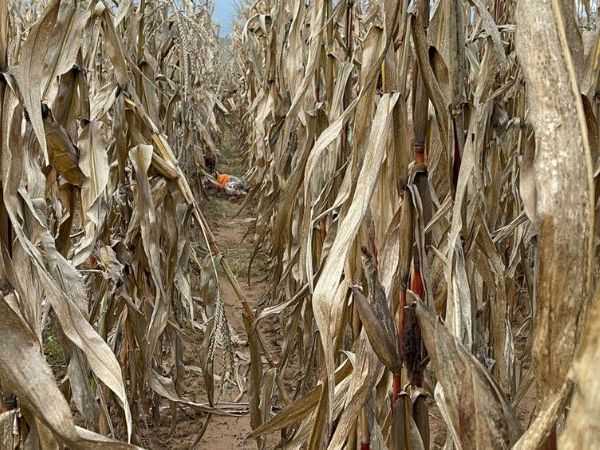
This type of feather hunting holds a special allure for canine enthusiasts who delight in observing their dogs in full action, navigating diverse landscapes with skill and instinct. From the vast, rugged Macedonian mountains to the rolling hills and gentle plateaus, these territories provide an ideal stage for both dog and hunter to engage in a profound, age-old partnership.
As early as August, large coveys of partridges begin to populate these rich terrains, marking the start of an exciting season. The flocks, often numbering in the dozens, spread across open fields, woodlands, and the mountain’s lower reaches, offering challenging yet rewarding hunts. By October, the atmosphere intensifies as the partridge hunting season officially opens, allowing hunters to experience the sheer thrill of tracking and flushing these fast-moving birds alongside their trusted pointing dogs.
This pursuit is more than a hunt; it’s an immersion into one of the Balkans’ most time-honored traditions. The pointing dog, with its heightened senses and innate ability to freeze upon detecting the game, becomes the hunter’s essential partner. There’s a unique joy in witnessing a well-trained dog move seamlessly over rugged terrain, pausing in statuesque points as it catches the scent, and guiding the hunter to that perfect moment of anticipation. Each step taken together through these Macedonian landscapes strengthens the bond between hunter and hound, grounding both in the legacy of Balkan hunting.
The Macedonian wilderness, with its crisp mountain air, sweeping vistas, and unspoiled natural beauty, amplifies the thrill of the hunt, creating memories that linger long after the season ends. This is a place where time slows, and each hunting day turns into a treasured experience, from the morning mist lifting off the hills to the setting sun casting its warm glow over the landscape. For hunters and dog handlers, few places rival the Macedonian highlands, where tradition, nature, and the noble partnership between dog and hunter converge in one of the most exhilarating feather hunts in the world.

